Have you ever stopped to watch a gecko scurry up a wall like it’s nothing, or seen a fish dart through choppy water with ease? Or maybe you’ve noticed an ant hauling something way heavier than itself and wondered, “How on earth does it do that?” Nature is packed with mind-blowing feats of engineering,tricks and tools that have been perfected over millions of years. And here’s the cool part: scientists and engineers are now tapping into that natural genius. The result? A whole new generation of fascinating machines called bio-inspired bots. Basically, we’re borrowing ideas from nature to build robots that can do things we used to only dream about. So, let’s jump into the world of biomimetic robotics and see what’s shaking up our future.
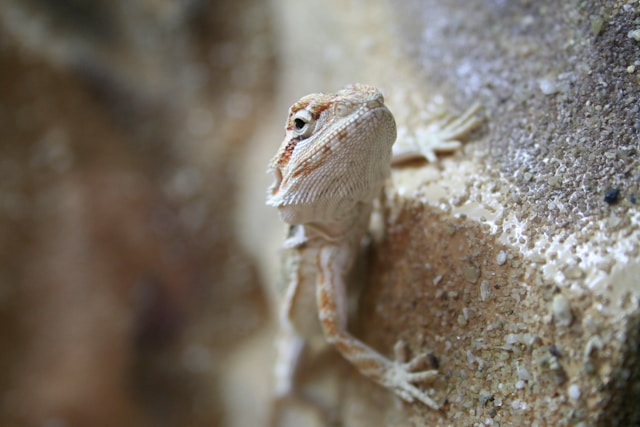
So, What Are Bio-Inspired Bots Anyway?
Alright, here’s the deal: bio-inspired bots (or biomimetic robots, if you want to get fancy) are machines built by copying how living things work. Instead of inventing everything from scratch, engineers look at how nature handles tough problems,stuff like moving around, sensing the environment, or interacting with the world,and ask, “How does nature pull this off?” Then they try to use those same tricks in their designs. It’s all about learning from the ultimate pros when it comes to adapting and surviving: plants and animals.
Breaking Down the Blueprint: How Do We Copy Nature?
Now, building these bots isn’t just about making a robot look like an animal. Nope,it goes much deeper than that. Scientists dig into the “why” and “how” behind what makes these creatures tick.
Moving Like Nature: Mimicking Animal Locomotion
Honestly, one of the coolest parts is watching these bots move. Researchers spend hours studying how animals run, leap, fly, swim,you name it.
- Legged Robots: Picture robots strutting around like dogs or sprinting across rough ground like cheetahs. To pull this off, engineers need to really understand how legs coordinate and balance.
- Flying Robots: By looking at birds’ wings or even insects’ flapping styles, designers have created drones that zip through tight spaces like champs. Festo’s BionicSwifts are basically robotic birds in action,super impressive!
- Swimming Robots: Fish-inspired bots use wiggling or fin-powered movements to glide underwater efficiently. These are perfect for exploring oceans or checking on underwater pipes.
- Slithering Robots: Yep, snake-bots are a thing! They can squeeze into places where wheels or legs just won’t cut it,think search-and-rescue missions or inspecting pipes.
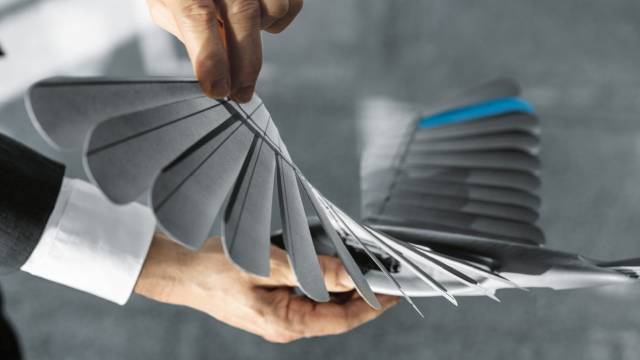
Seeing (and Sensing) Like Animals
Let’s be real: animals have some pretty wild senses. And in robotics? Mimicking those abilities is changing the game.
- Vision: Take insect eyes,they offer a crazy-wide view. Engineers copy that so robots can see more at once.
- Sonar/Echolocation: Bats and dolphins navigate by bouncing sound waves around them. Robots that use this trick can find their way even in darkness or cloudy water.
- Touch & Pressure: Ever notice how rats’ whiskers help them feel their way around? Or how sensitive animal skin can be? Robotic sensors modeled after these features help machines “feel” objects better and interact more delicately.
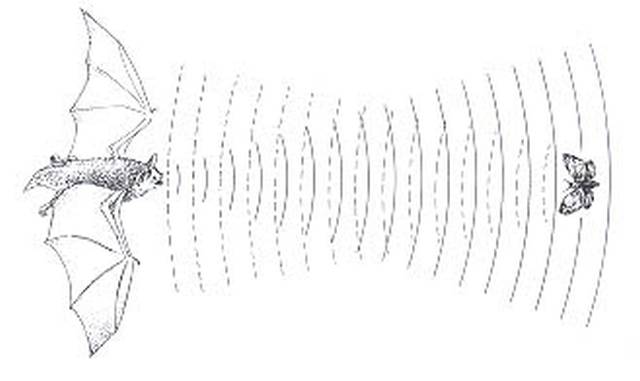
Smarter Designs: Materials That Matter
Here’s another twist: instead of stiff metal skeletons, many bio-inspired bots use soft materials,think silicone,that bend and flex more like real tissue. This approach (called soft robotics) lets robots squeeze through tight spots or handle fragile objects without smashing them. Plus, they’re safer for humans to work with!
The Latest Buzz: Cutting-Edge Innovations
This field is racing ahead fast! Let me walk you through some of the coolest breakthroughs:
- Mini Bots: We’ve now got tiny drone-bots (like RoboBees) that fly together in swarms,or even miniature robots small enough for medical jobs inside your body.
- Biohybrid Robots: Okay, this one sounds straight out of sci-fi! These machines actually combine real living tissue (like muscle cells) with robotic parts so you get movement powered by heart cells!
- Swarm Intelligence: Inspired by ants or schools of fish, scientists have programmed groups of simple robots to work together without any boss directing them solving tricky tasks as a team.
- AI Integration: Artificial intelligence takes these bots to the next level. With AI onboard, they can learn from their surroundings and adapt on the fly,say they slip on a surface; they figure out how to adjust just like an animal would.
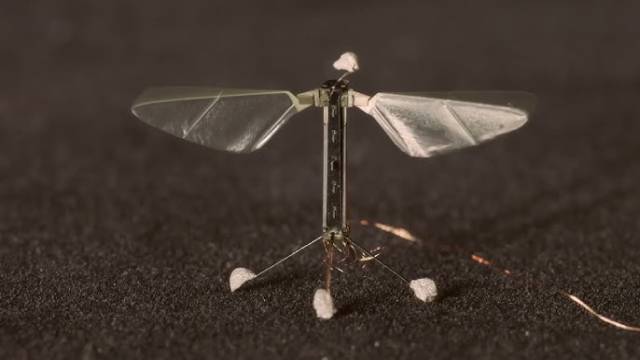
Where Science Meets Real Life: How Bio-Bots Are Changing Industries
Here’s where things get really interesting,it’s not just fun lab experiments anymore. These nature-inspired robots are actually out there solving real problems.
- Medicine: Imagine tiny swallowable robots delivering medicine exactly where it’s needed or flexible snake-like tools helping surgeons reach tough spots during operations.
- Environmental Monitoring: Fish-shaped bots swimming around testing water quality? Insect-like drones keeping tabs on crops or wildlife without causing any fuss? Totally possible now.
- Industry & Automation: Factories are starting to use grippers inspired by octopus arms (perfect for picking up odd-shaped stuff), while legged robots roam uneven job sites carrying supplies where forklifts can’t go.
- Search & Rescue: After disasters, snake-bots can crawl through rubble looking for survivors; flying drones can scan huge areas super quickly,a major boost for emergency teams.
- Exploration: There are even burrowing robots ready to dig underground here on Earth,or maybe someday explore beneath another planet’s surface!
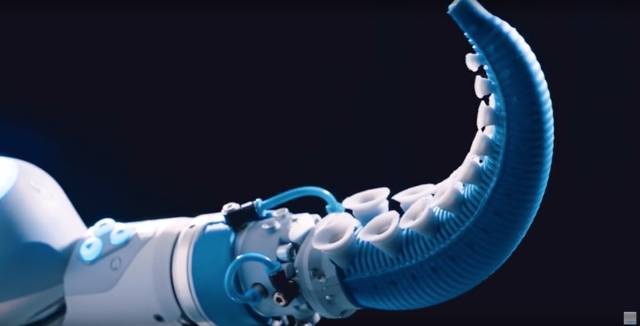
Why Go Through All This Trouble? The Perks of Copying Nature
You might be wondering,why not just stick with regular old robots? Well, here’s why going bio-inspired pays off:
- Efficiency: Animals do so much with so little energy! Mimicking their tricks means our bots last longer without needing a recharge.
- Adaptability: Nature is great at handling chaos,rough terrain or unpredictable situations don’t faze animals much; bio-inspired bots pick up that same flexibility.
- Resilience & Robustness: Evolution has stress-tested animal designs over eons; copying those patterns often leads to tougher machines (especially with soft robotics).
- Better Movement: Some animals climb walls or squeeze into nooks we never thought possible that kind of motion is hard for regular robots but comes naturally when you take tips from biology.
- Tiny Tech: Need something super small? Nature already figured out how to make working systems at microscopic scales.
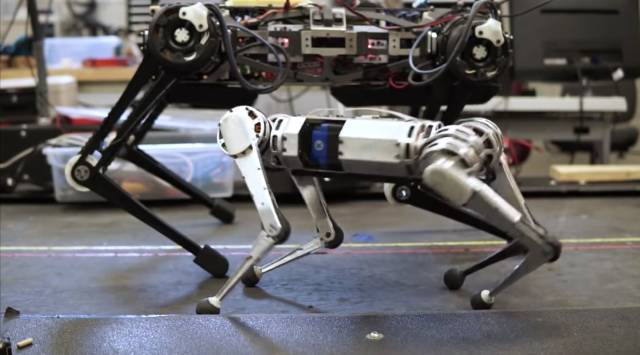
Facing Challenges & Looking Ahead
Of course, it isn’t all smooth sailing. Building these bots is tricky nature’s solutions are crazy complex! Getting tiny autonomous bots powered up remains tough; plus designing smart control systems that truly mimic animal brains is still a work in progress. And hey, there are ethical questions too especially when we start mixing biology with machines.
But looking forward? The future is bright:
- Expect smarter AI so these bots keep getting better at learning and adapting
- Advances in new materials will make soft robots even more lifelike
- Better sensors will help them “see,” “hear,” and “feel” their worlds more clearly
- Swarm robotics will let huge teams of simple bots tackle big challenges together
- And as tech matures…biohybrid systems could become surprisingly common!
Nature’s Genius Meets Our Imagination
At the end of the day, diving into bio-inspired robotics shows just how much we stand to gain by paying attention to nature’s secrets. By studying everything from geckos’ sticky toes to birds’ agile wings and then translating those ideas into technology we’re building a future where our machines aren’t just powerful…they’re smart, efficient, adaptable partners working alongside us.
So what do you think is there some awesome creature out there whose talents should inspire our next bot? I’d love to hear your thoughts!
